Where Are You In Your Observability Journey?
Observability is the ability to see and understand the internal state of a system from its external outputs. Logs, Metrics, and Traces, collectively called observability data, are three external outputs widely considered to be three pillars of observability. Now more than ever, organizations of all sizes must employ the necessary processes and technologies to harness the power of their data and make it more actionable. Having actionable observability data results in more efficiency and reduced risk across teams as everyone uses that data to drive critical business outcomes (such as responding to production issues, neutralizing security threats, and more). Organizations that are able to derive the maximum value from their data investments acquire a substantial competitive advantage over other organizations, thus transforming their business by reaching transformational observability.
However, the path to true observability is a journey. With any journey, you’ll need a map to your destination and knowledge of any stops along the way.
We’ve outlined four stages that enterprises can use to evaluate their practices, tools, and people to deliver better products and services to their customers as they achieve transformational observability.
These stages are:
- Ad Hoc: You understand the need for observability, but your focus is largely limited to logging and monitoring individual systems and applications. Data silos also persist within your organization, requiring you to set aside time to manage access to information within your enterprise.
- Planned Control: Your company recognizes and is implementing observability practices, resulting in you having enhanced data control and improved business processes for facilitating access to that data. However, you still struggle with actionability and extracting value from the data you have access to.
- Optimized for Actionability: You are extracting higher value from your observability investments through data transformation and, to some extent, can proactively identify patterns before they become serious issues. However, you still lack the necessary integration with data types across your business to gain the full context needed.
- Transformational Observability: You are able to effectively combine observability data with other business data to form a more complete picture of your systems and more effectively predict where you should focus your team’s efforts, transforming your business and gaining a significant competitive advantage over others.
Understanding where you are in the journey and how to move forward helps identify people, processes, and technology gaps to get more business value from your data investments.
Have you reached true observability? If not, where are you on your journey?
Our latest white paper, The Journey to Transformational Observability, dives more into the above four stages, identifies the key factors to evaluate when determining where you are on your observability journey, and will equip you with the map and guidance you need to level up.
Download the white paper now and set a course today.

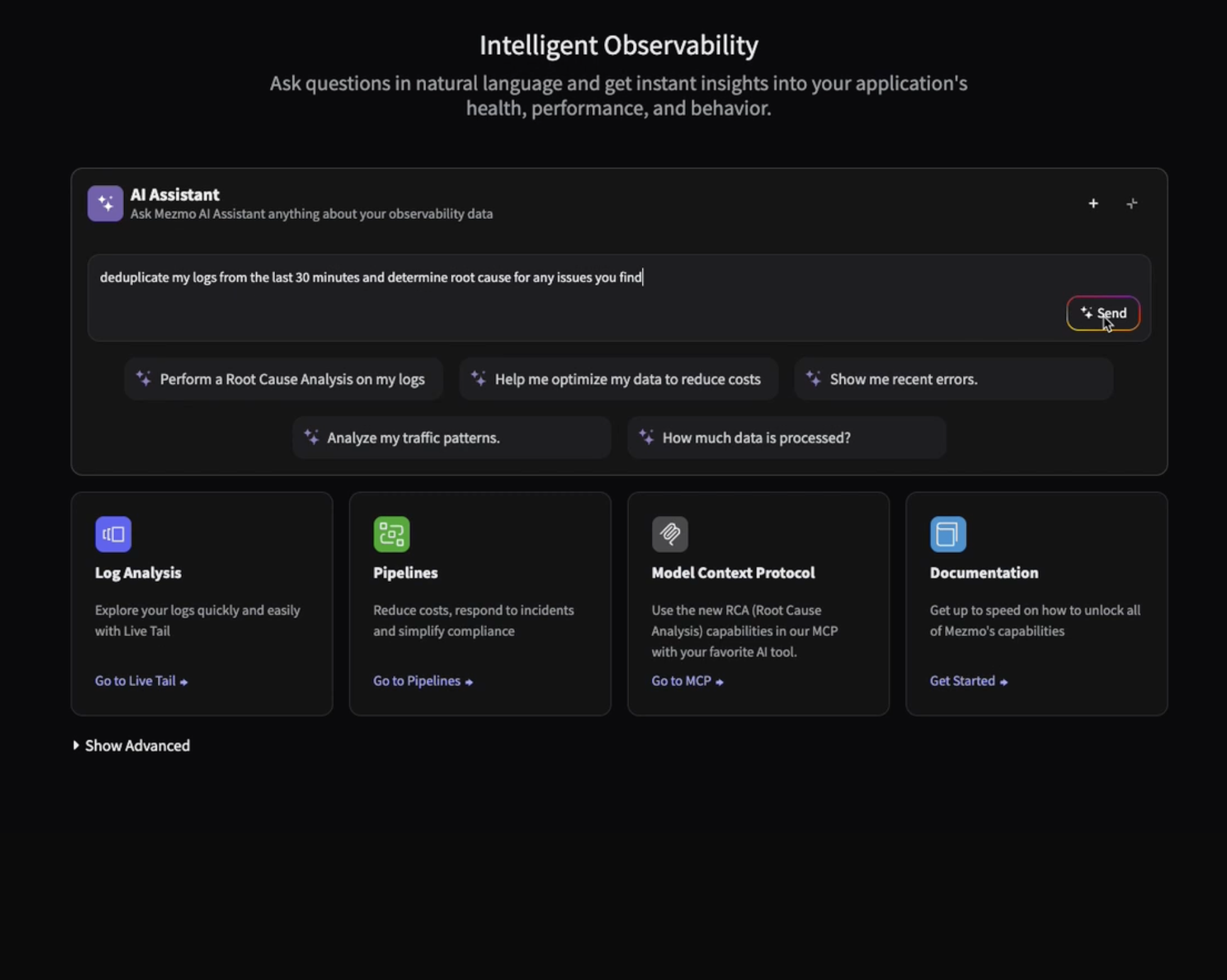
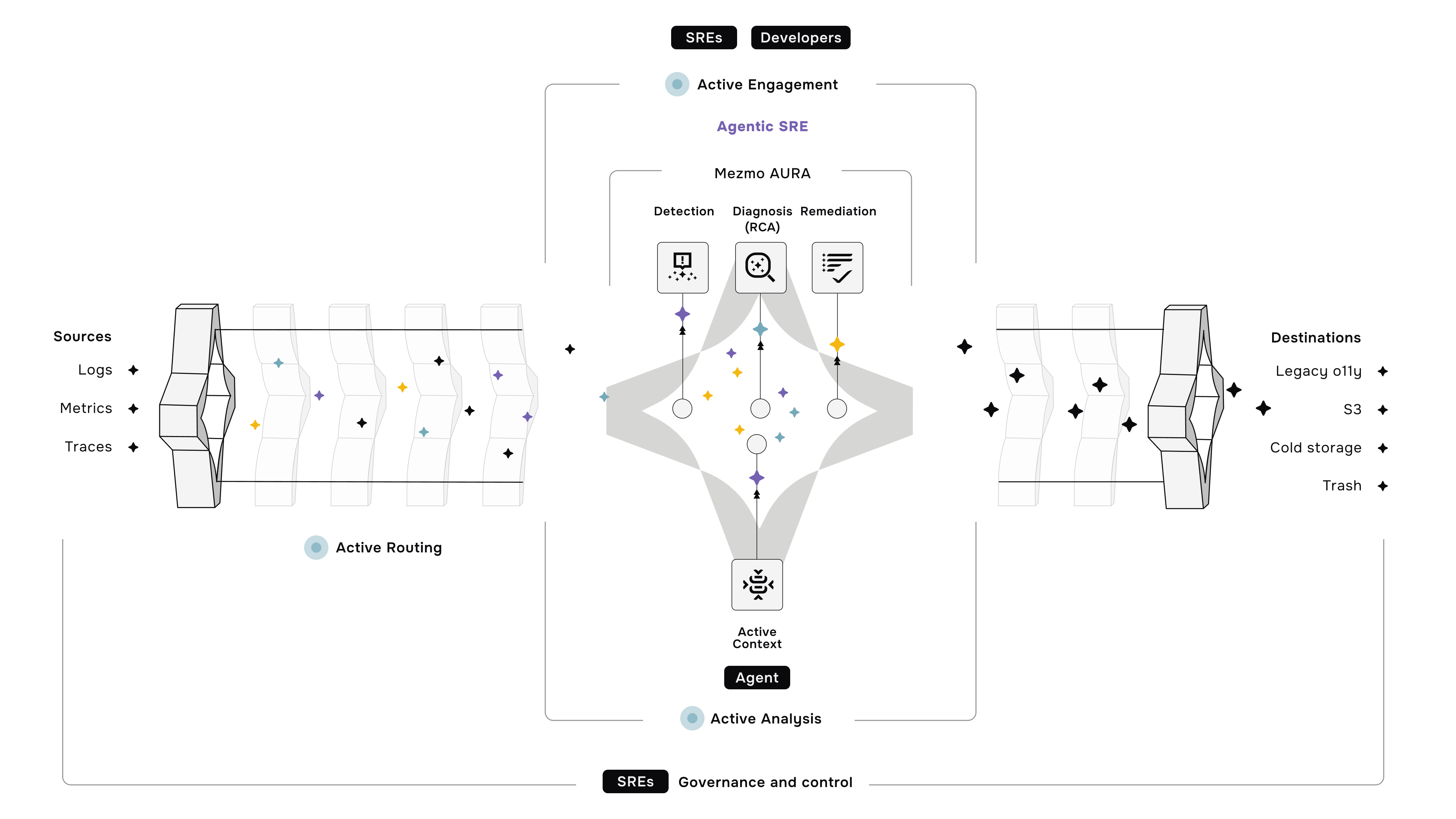

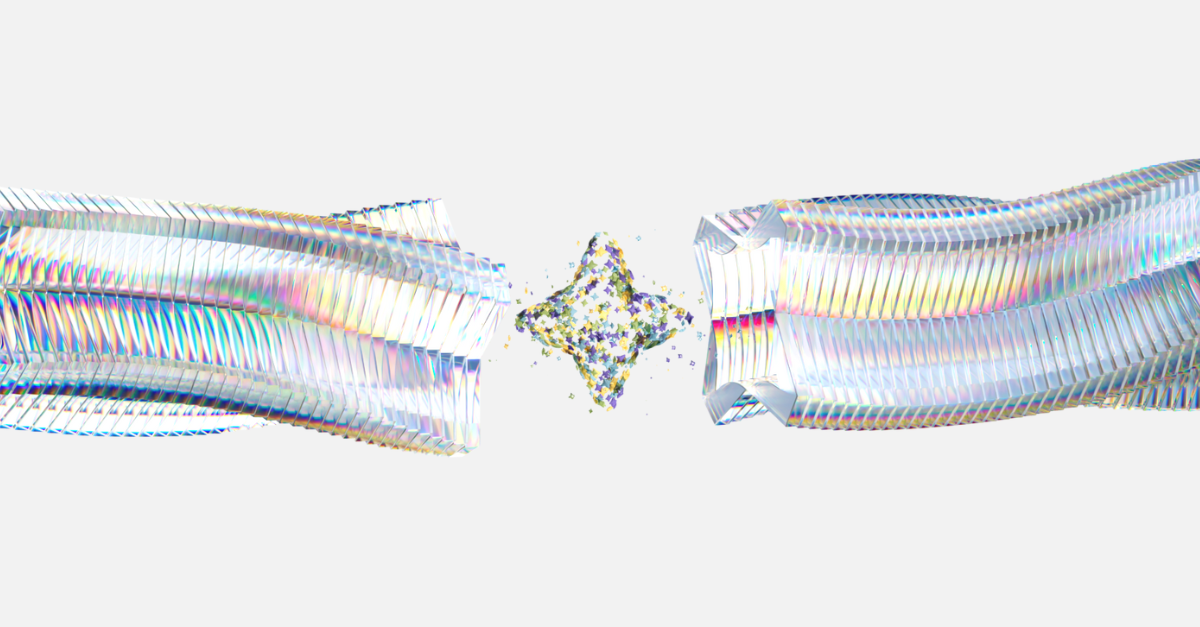




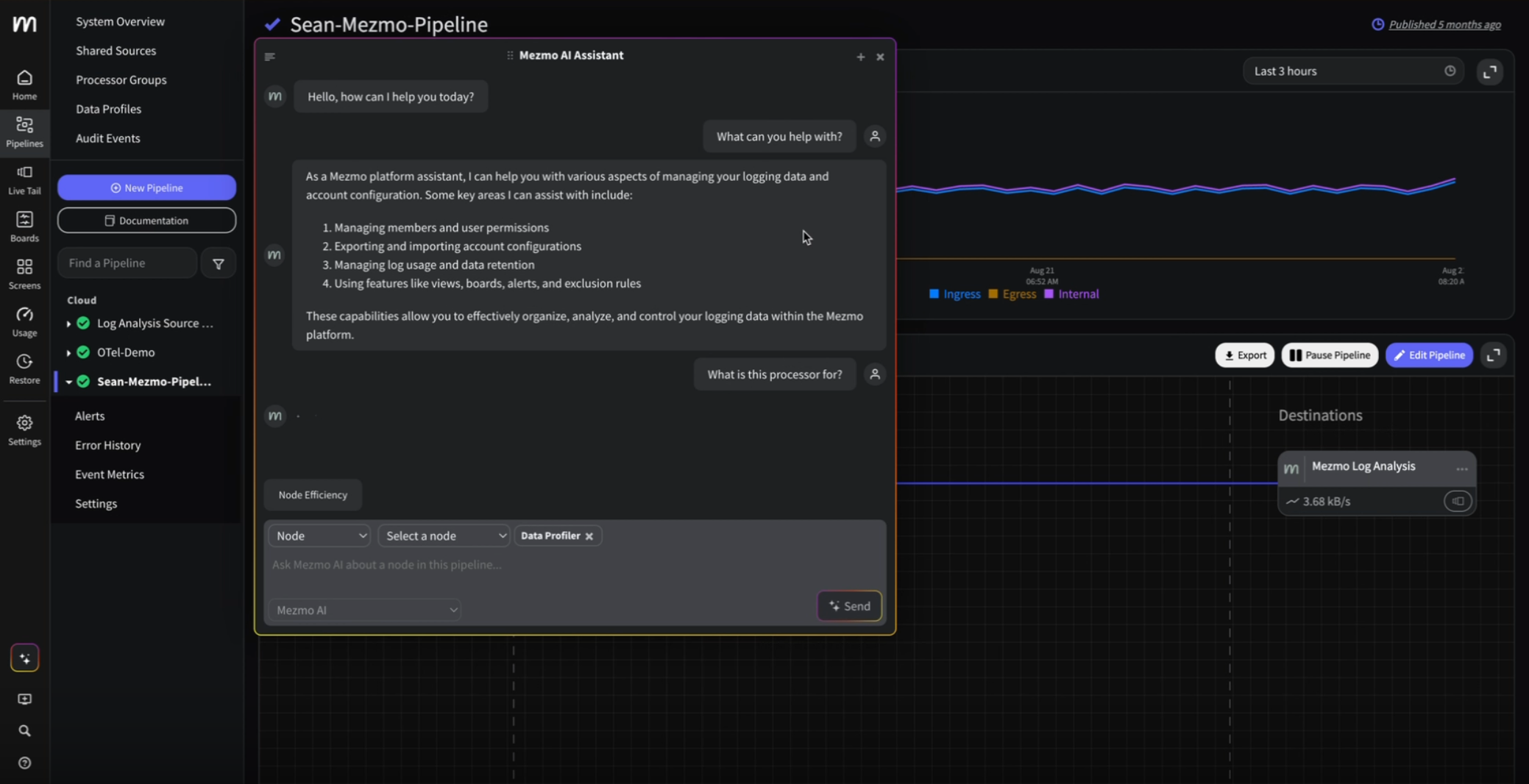
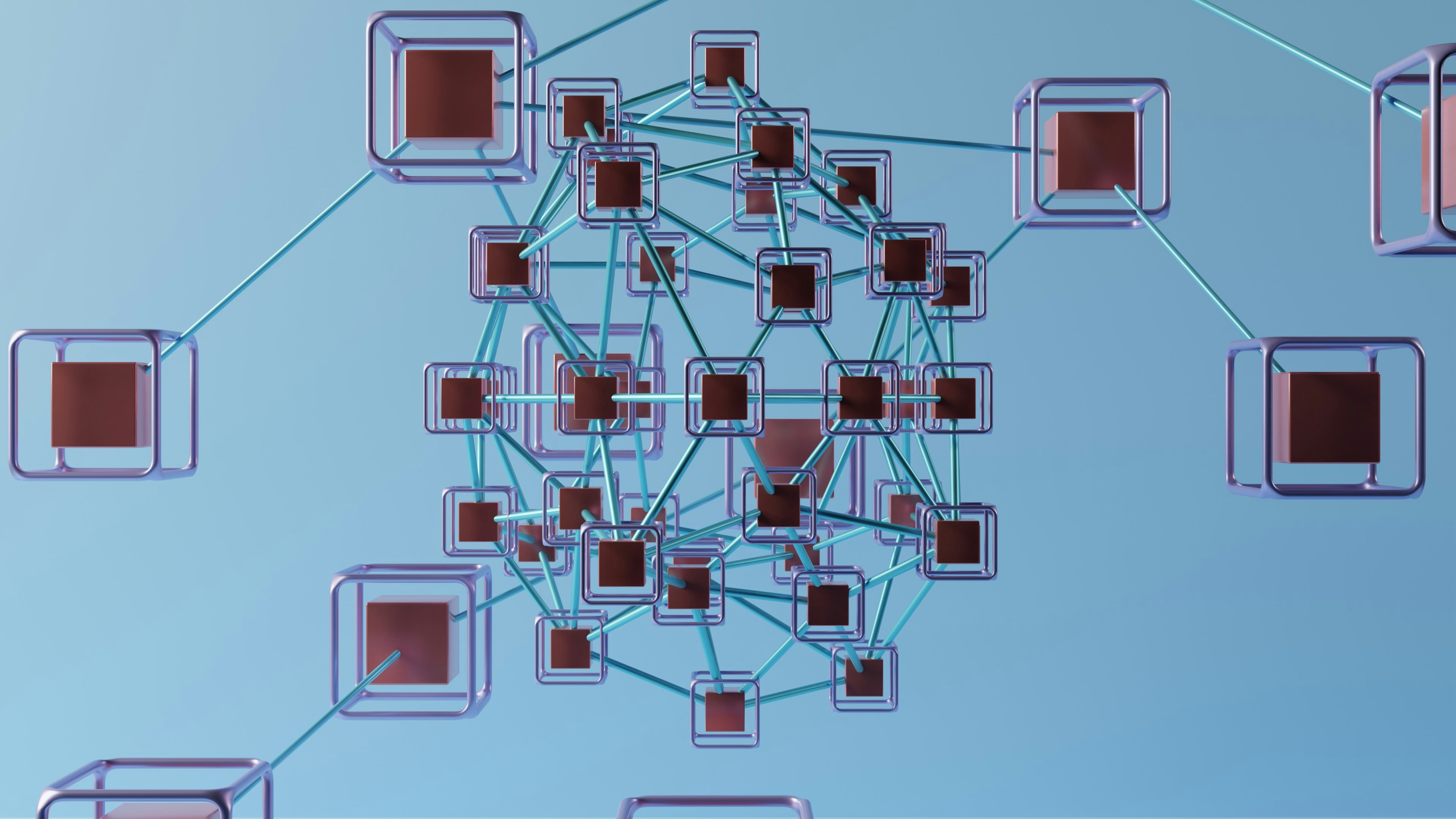

.png)




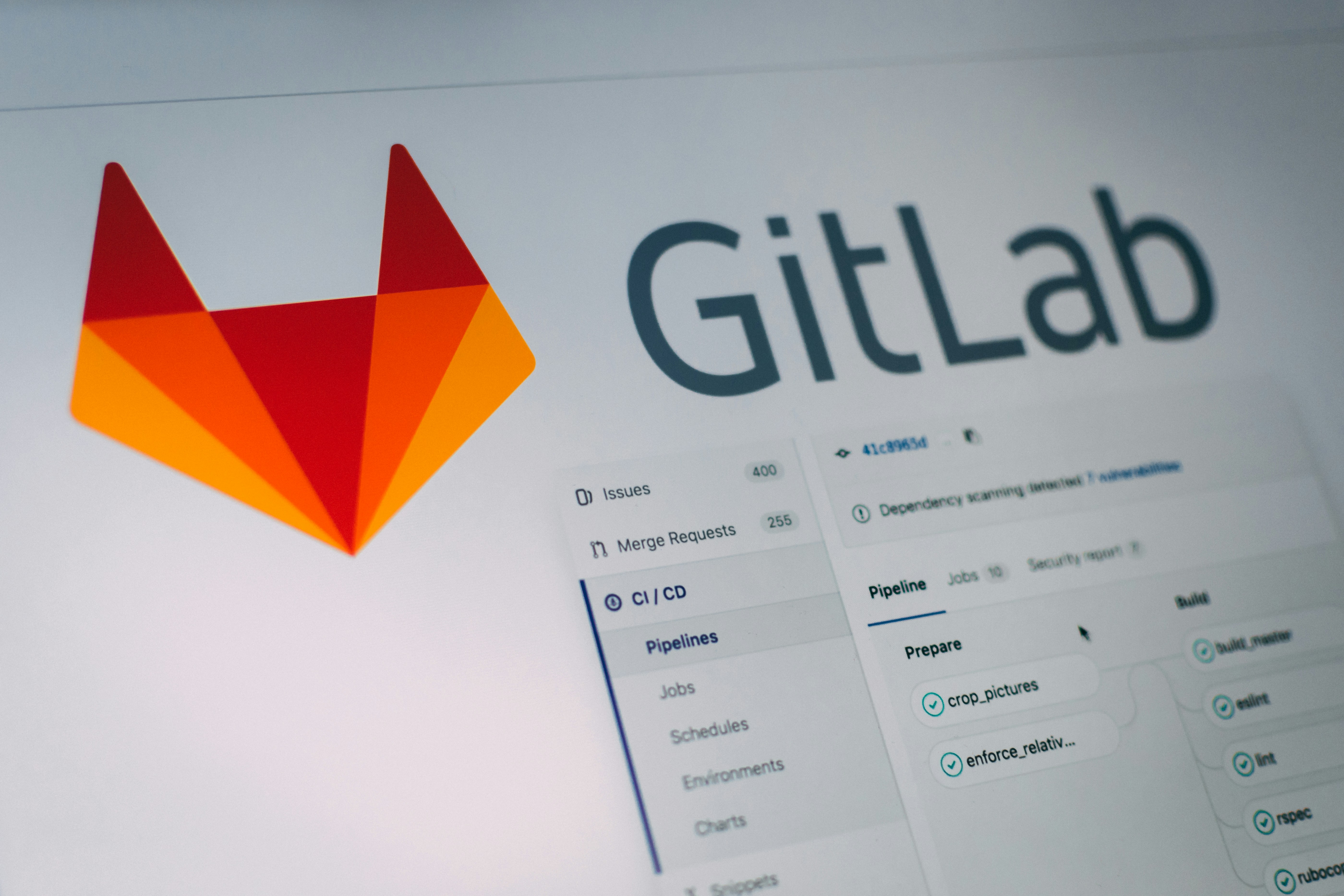
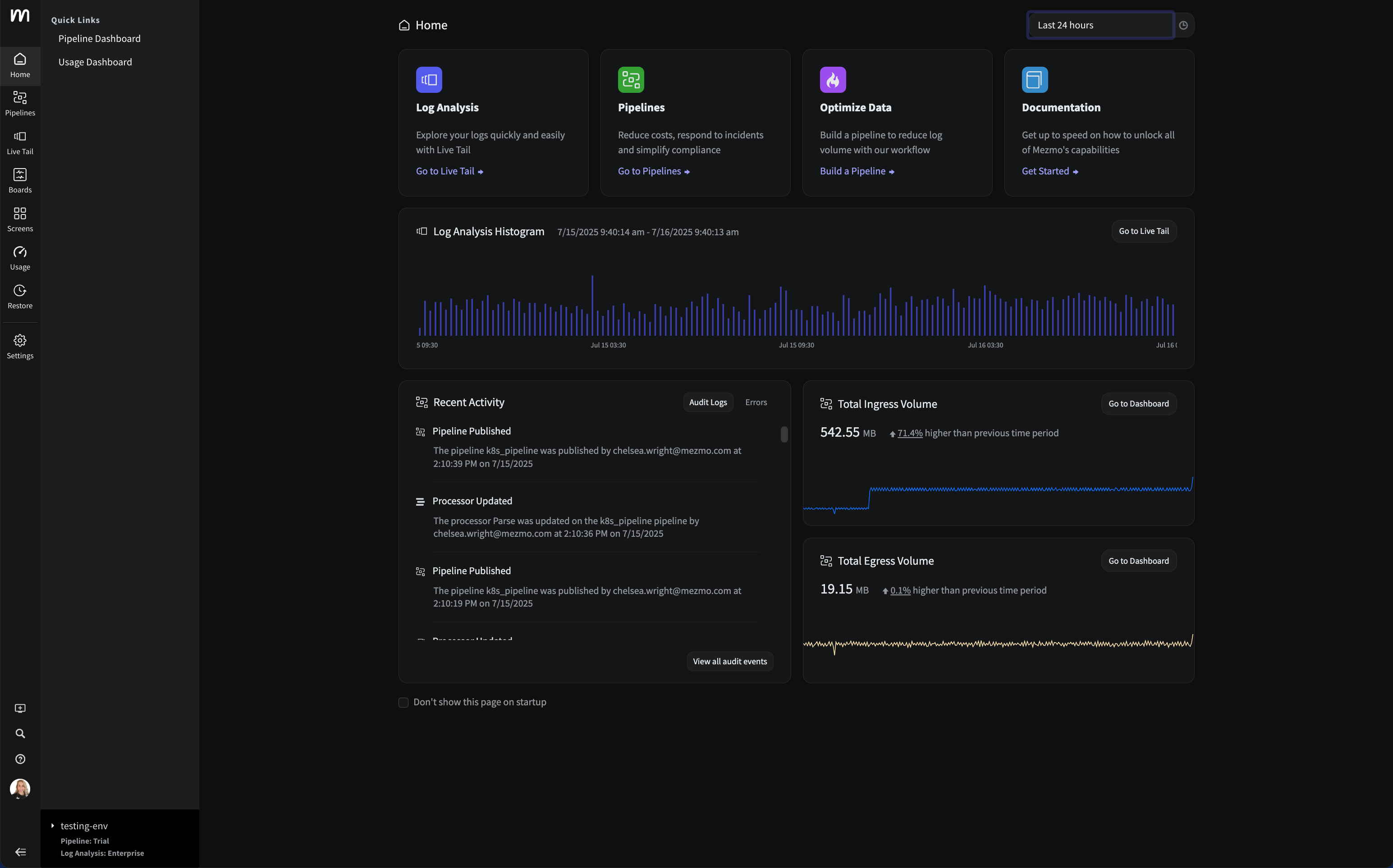


















.png)



































































